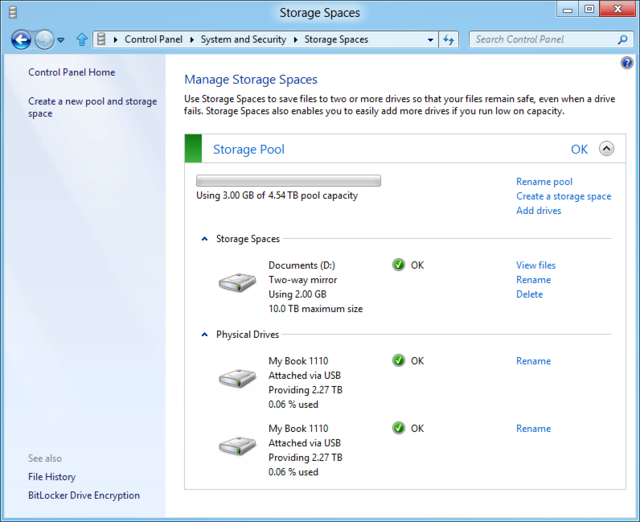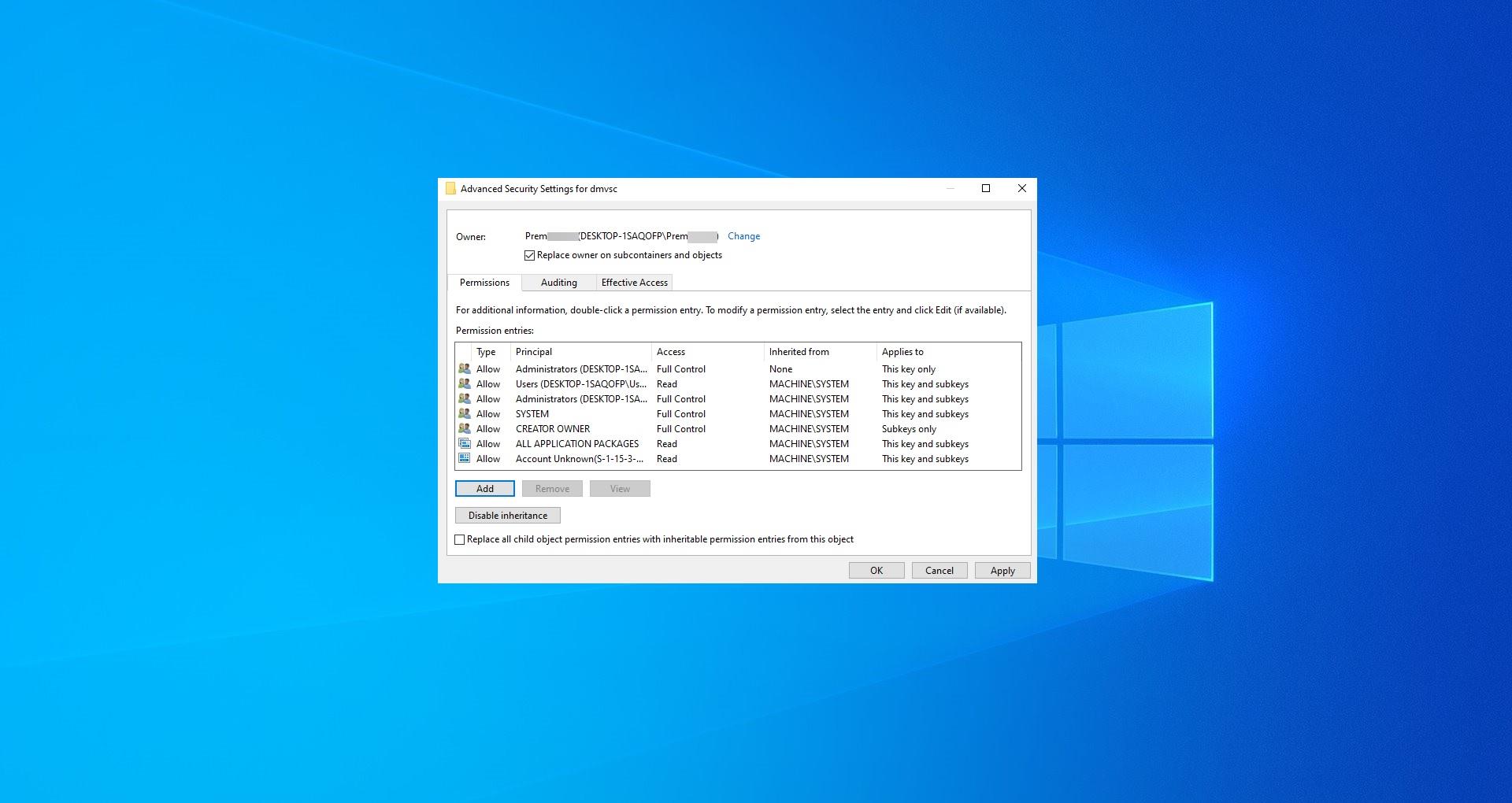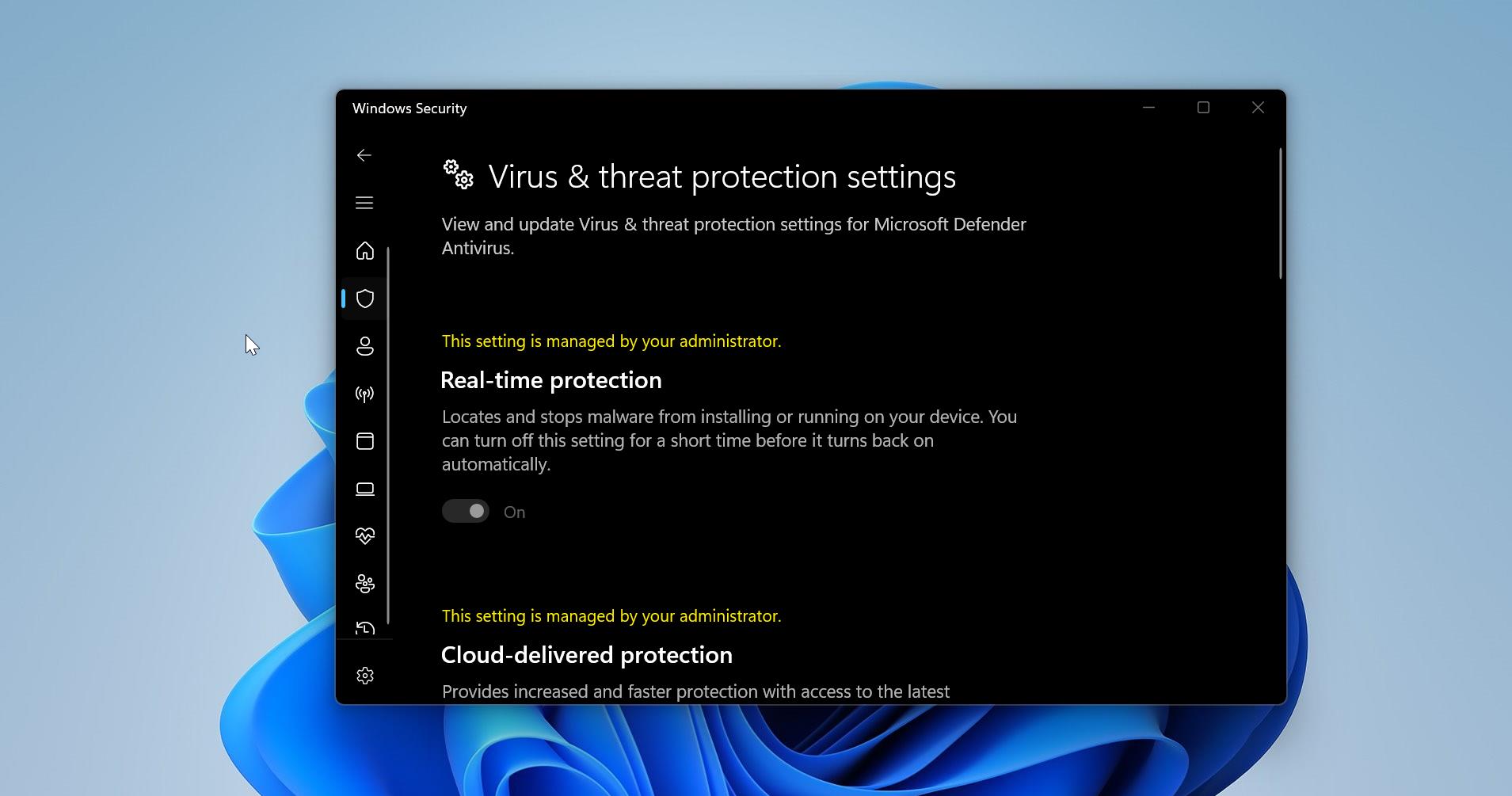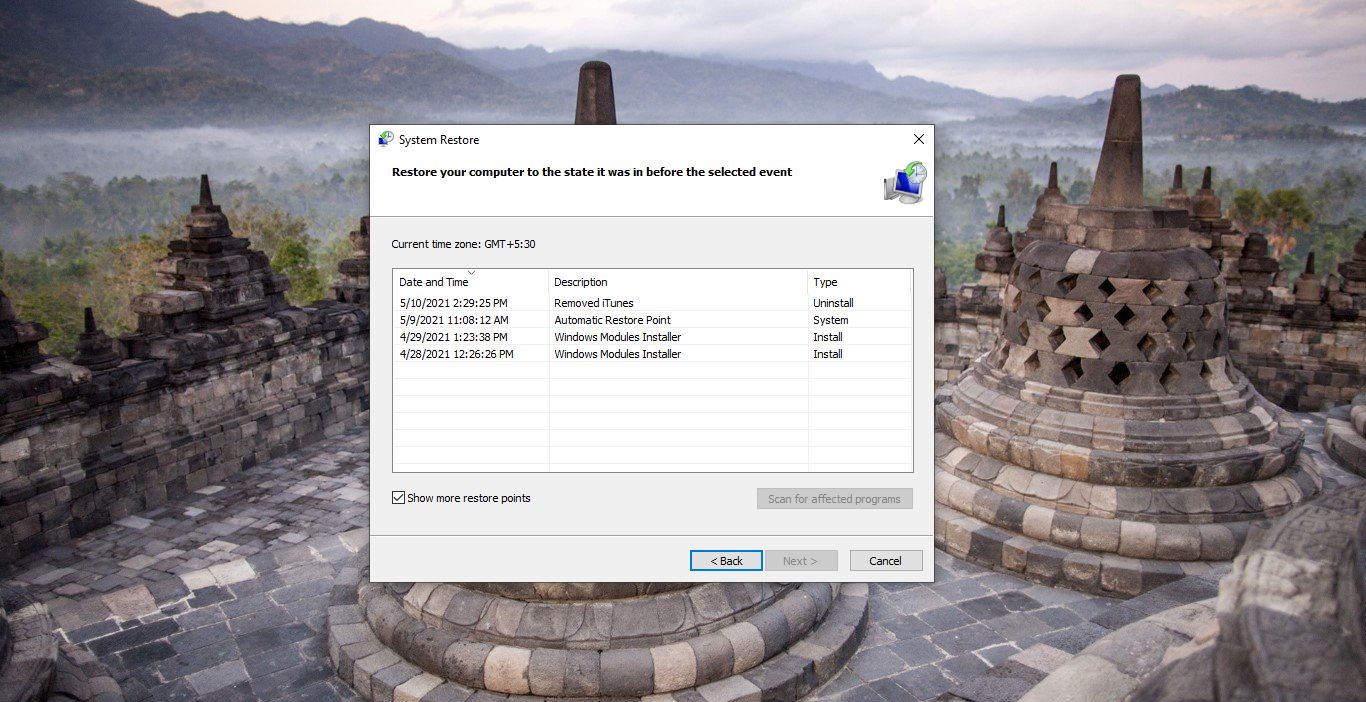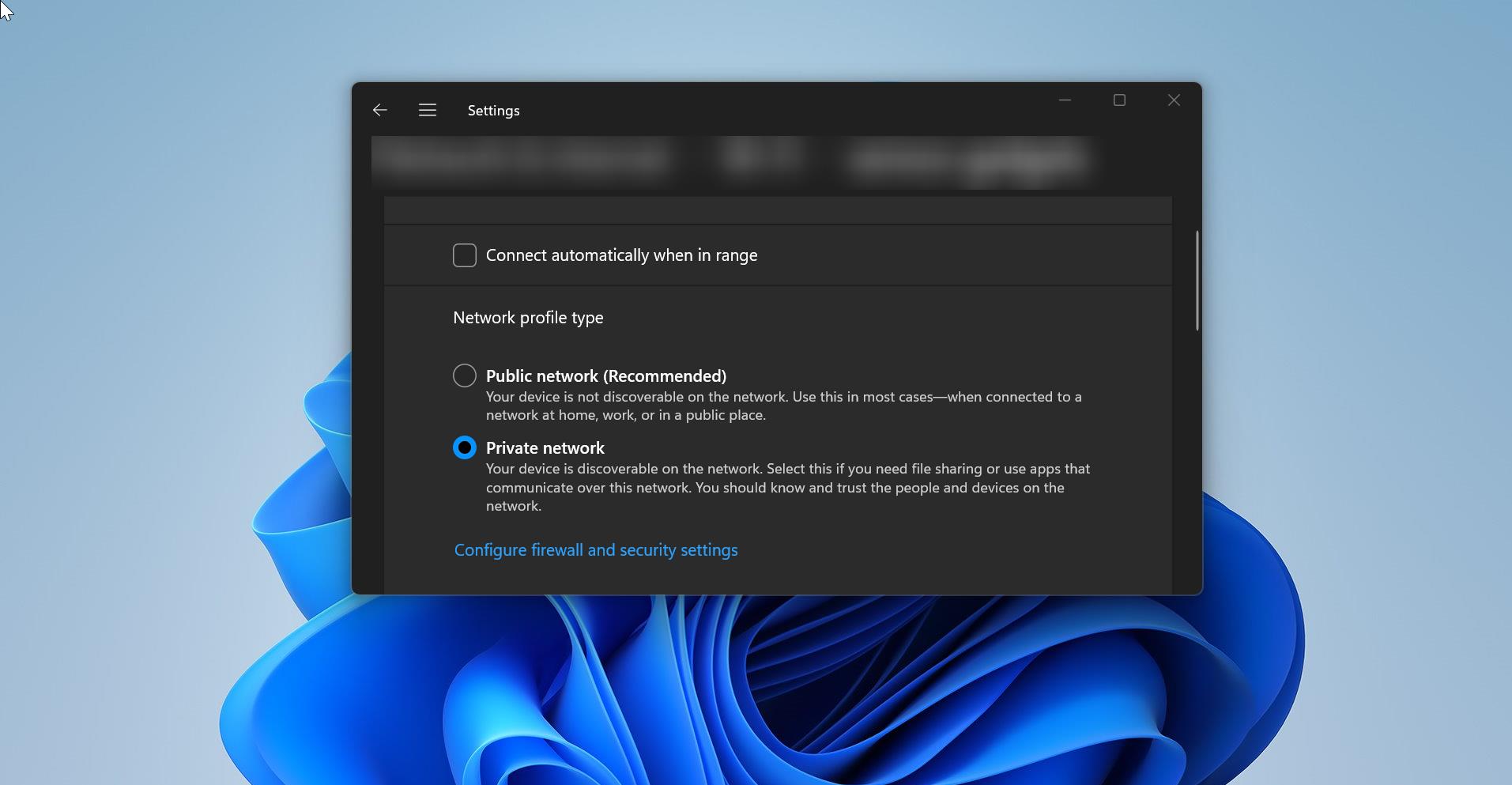What is Storage Space?
Storage Spaces helps protect your data from drive failures and extend storage over time as you add drives to your PC. You can use Storage Spaces to group two or more drives together in a storage pool and then use capacity from that pool to create virtual drives called storage spaces. These storage spaces typically store two copies of your data so if one of your drives fails, you still have an intact copy of your data. If you run low on capacity, just add more drives to the storage pool.
What do I need to create storage space?
You need at least two extra drives (in addition to the drive where Windows is installed). These drives can be internal or external hard drives, or solid-state drives. You can use a variety of types of drives with Storage Spaces, including USB, SATA, and SAS drives.
How do I create a storage space?
- Add or connect the drives that you want to group together with Storage Spaces.
- Go to the taskbar, type Storage Spaces in the search box, and select Storage Spaces from the list of search results.
- Select Create a new pool and storage space.
- Select the drives you want to add to the new storage space, and then select Create pool.
- Give the drive a name and letter, and then choose a layout. Two-way mirror, Three-way mirror, and Paritycan help protect the files in the storage space from drive failure.
- Enter the maximum size the storage space can reach, and then select Create storage space.
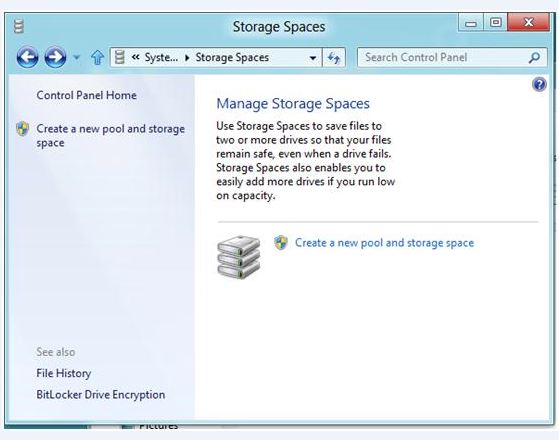
Should I create a simple, mirror, or parity space?
- Simple spaces are designed for increased performance but don’t protect your files from drive failure. They’re best for temporary data (such as video rendering files), image editor scratch files, and intermediary compiler object files. Simple spaces require at least two drives to be useful.
- Mirror spaces are designed for increased performance and protect your files from drive failure by keeping multiple copies. Two-way mirror spaces make two copies of your files and can tolerate one drive failure, while three-way mirror spaces can tolerate two drive failures. Mirror spaces are good for storing a broad range of data, from a general-purpose file share to a VHD library. When a mirror space is formatted with the Resilient File System (ReFS), Windows will automatically maintain your data integrity, which makes your files even more resilient to drive failure. Two-way mirror spaces require at least two drives, and three-way mirror spaces require at least five.
- Parity spaces are designed for storage efficiency and protect your files from drive failure by keeping multiple copies. Parity spaces are best for archival data and streaming media, like music and videos. This storage layout requires at least three drives to protect you from single drive failure and at least seven drives to protect you from two drive failures.
Should i upgrade my pool?
- After you upgrade to Windows 10, we recommend that you upgrade your existing pools. With an upgraded pool, you can optimize drive usage and remove drives from pools without affecting the pool’s protection from drive failure.
When should I optimize drive usage?
When you add new drives to an existing pool, it’s a good idea to optimize drive usage. This will move some of your data to the newly added drive to make the best use of the pool’s capacity. It’ll happen by default when you add a new drive to an upgraded pool in Windows 10—you’ll see a checkbox for Optimize to spread existing data across all drives selected when you add the drive. However, if you cleared that checkbox or added drives before upgrading a pool, you’ll need to manually optimize drive usage. To do so, type Storage Spaces in the search box on the taskbar, select Storage Spaces from the list of search results and then select Optimize drive usage. 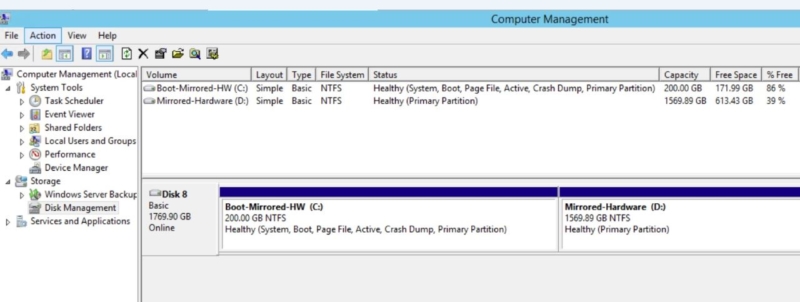
- Go to the taskbar, type Storage Spaces in the search box, and select Storage Spaces from the list of search results.
- Select Change settings > Physical drives to see all the drives in your pool.
- Find the drive you want to remove and select Prepare for removal > Prepare for removal. Leave your PC plugged in until the drive is ready to be removed. This could take several hours, depending on how much data you have stored there.
- (Optional) To speed up drive preparation, prevent your PC from going to sleep. Type Power and sleep in the search box on the taskbar, then select Power & sleep settings. Under When plugged in, PC goes to sleep after, select Never.
- When the drive is listed as Ready to remove, select Remove> Remove drive. Now, you can disconnect the drive from your PC.

